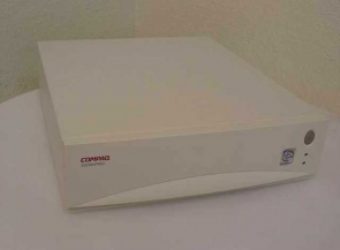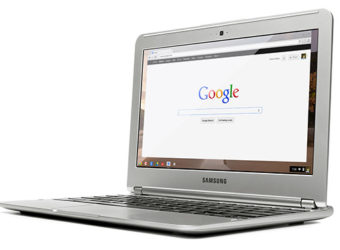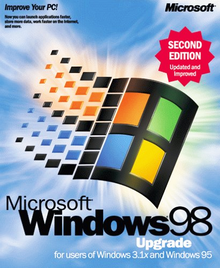June 25, 1981: Microsoft Incorporates, Plans to Buy 86-DOS
Subscribe! Spotify | RSS | More

1981 – Microsoft goes through a restructure to incorporate in Washington. Bill Gates would become president, Paul Allen was Executive Vice President. Steve Ballmer would come on full-time with a $50,000 year salary.
The reason why they incorporated? On this same day, Paul Allen sends a proposal to Rod Black of Seattle Computer Products for Microsoft to purchase all rights to 86-DOS for $30,000. At that point, they had only a non-exclusive license (since September 22, 1980). This was a strategic move because Microsoft had a relationship with IBM, and wanted to re-license for the IBM PC.
After a month of negotiations, Seattle Computer agreed to the purchase for $50,000. However, that was not the end of it, as they found out of the IBM deal. They finally settled years later for $1 million.
Full Day in Tech History podcast show notes for June 25

Subscribe to Day In Tech History:
RSS Feed - iTunes - Android - Spotify - iHeartRadio
Facebook -
- RSS Bandwidth by Cachefly Get a 14 Day Trial
- Join me on Patreon and support Day in Tech History
- Michael Jackson brings Social Media Down
- Geocities was hacked
- AOL hits 30 million users
















